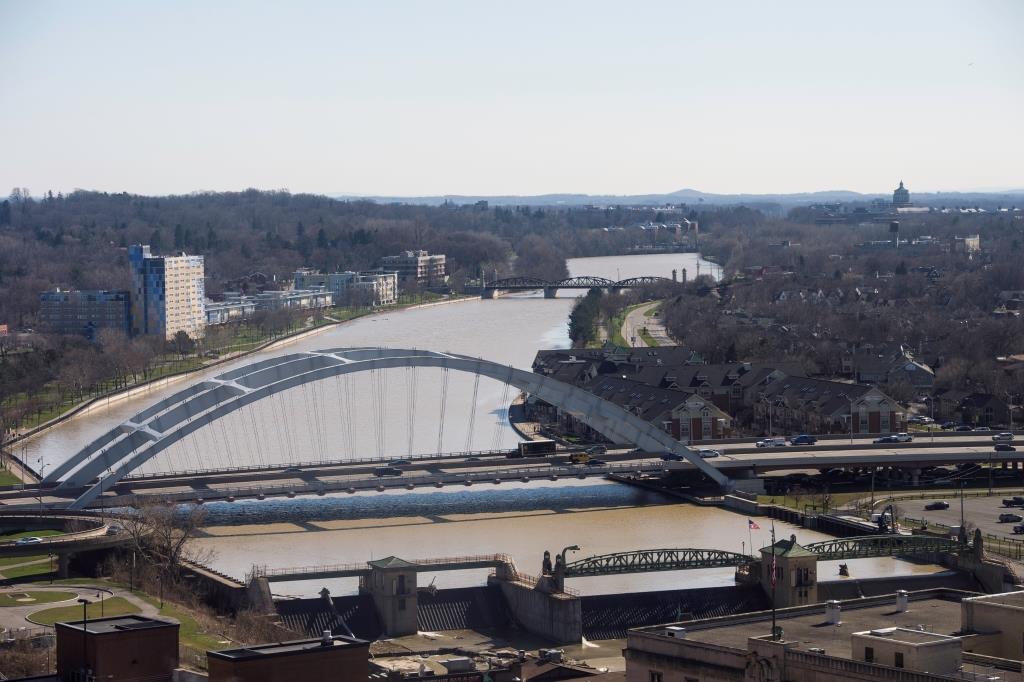Big Public School vs. Small Private School
Last month I had an opportunity to visit some of my friends at a large, public school in Illinois, where I’m from. As I walked through its multiple quads, I was taken aback by just how much larger it was compared to the University of Rochester. When I asked my friends how they could possibly find their way around such an expansive campus, their response was, “It’s actually not that big.”
My visit brought me back to exactly three years ago when I was sitting in my room, trying to decide between that school and Rochester. Obviously, we all know what I chose in the end, but it was not an easy decision to make. While there are many advantages to attending a smaller private school, like more intimate classroom settings and less competition for residence halls, there are also many advantages of attending your state public school. State schools usually offer cheaper tuition for in-state students, and they tend to be closer to home.
So how did I choose? Here’s a list of my comparisons between a local public school and Rochester, combining both my experience at Rochester and what I noticed during my recent visit in Illinois.
1. Size matters.
It’s not just about the size of the campus; large public schools have bigger and more buildings and a lot more students in general. Most state schools have around 30,000–40,000 students, while smaller, private schools like Rochester have almost three times fewer that number.
After three years at a smaller school, I realized that while it is comforting to know a lot of people’s faces and become so familiar with the school that I can basically find my way anywhere with my eyes closed, it can sometimes feel like I’m in a “Rochester bubble.” On the other hand, according to my friends at a bigger school, you are surrounded by strangers 24/7, and while it may feel liberating enough for you to pick your nose in public without worrying about running into your ex, it can feel like you are just another student, another number.

School size makes a huge impact on one’s academic environment and college experience, so it’s important to think about what you want. Do you like being surrounded by friends all the time, or do you prefer solitude among a sea of strangers?
2. Let me go home.
When I decided to attend Rochester, I didn’t realize just how much it would cost me to travel home for breaks. Staying closer to home can save thousands of dollars, and it is one of the main advantages of going to an in-state school.
However, if you do choose to live hundreds of miles away from home, it makes you grow up and become responsible purely out of survival instincts. When you have a 100-degree fever and you’re coughing to your death but still have to finish two papers and take an exam, you suddenly realize you are the only one who can take care of you. So you learn to survive and become better at pretending to be an adult.
But not everyone is ready to be so far away from home, and that’s okay. Friends tell me touching stories of their parents bringing their pets or homemade cookies over for emotional support during exam periods, but also surprising them when they do not want to be surprised, so choose carefully.
3. Learning.
Larger public schools usually have a wider variety of majors and classes to choose from than smaller private schools. For example, many schools offer a communications major, something that is not offered at Rochester. But that does not mean you can’t study it! Rochester has a unique major called interdepartmental studies, which allows students to combine two majors and create their own unique area of study. Even if communication is not offered, one could easily combine aspects of communication they would like to study and develop their own major.
For my friends attending a large public school, a normal class size is around 200 to 300 students, which would easily be the biggest class at Rochester. A regular class size for me is around 10–15 people. Larger classes allow you to meet more people and form bigger study groups, while smaller classes offer more opportunities for students to get to know their professors and receive personalized academic feedback.

4. How to have fun.
While Rochester is a vibrant and overall fun city to be in, the presence of a “college town” is not the most prevalent. During my visit at my local public university, I experienced the true college town—streets lined up with inexpensive restaurants, bubble tea cafes and bars for students to walk to after class to eat and have fun. However, it is easy to spend a lot of money on food and coffee and get distracted, so everything has its ups and downs!
5. Financial aid.
It is true that state schools offer cheaper tuition for their in-state students. However, that does not mean private schools’ tuitions are necessarily more expensive. Private schools have the means to provide generous grants and scholarships to their students, which often matches the tuition of in-state schools. My advice is to contact the Financial Aid Office and specifically ask about what the school can give you, so that you can make the best decision possible.
Ultimately, you have to make the decision for yourself and a lot of different factors come into play. For me, visiting campus helped me make the final decision, and it’s definitely a trip worth taking. Good luck!
